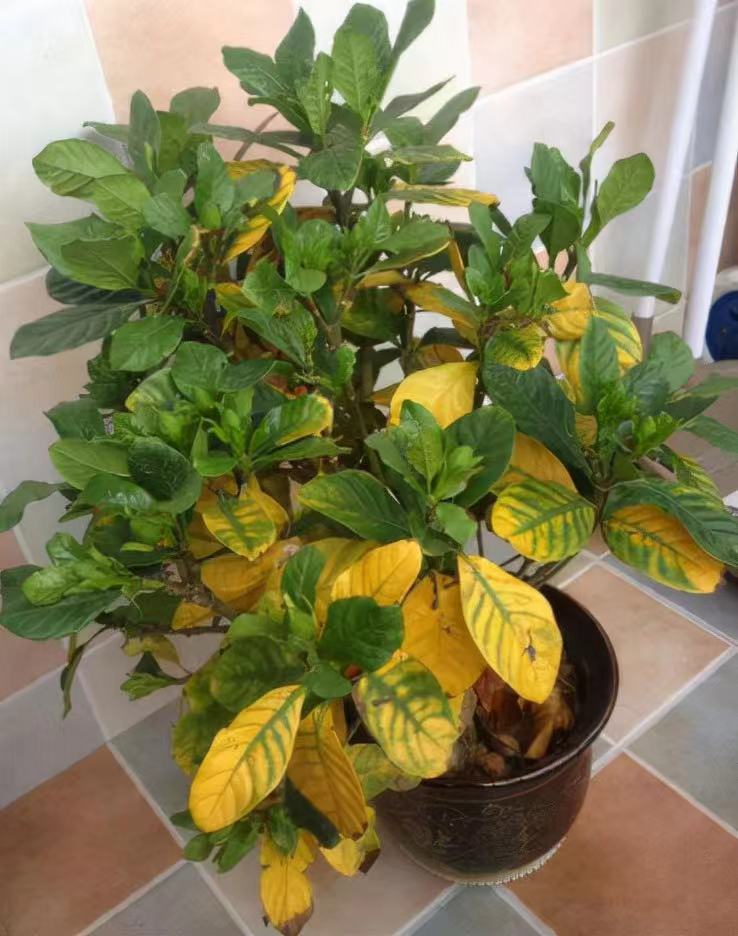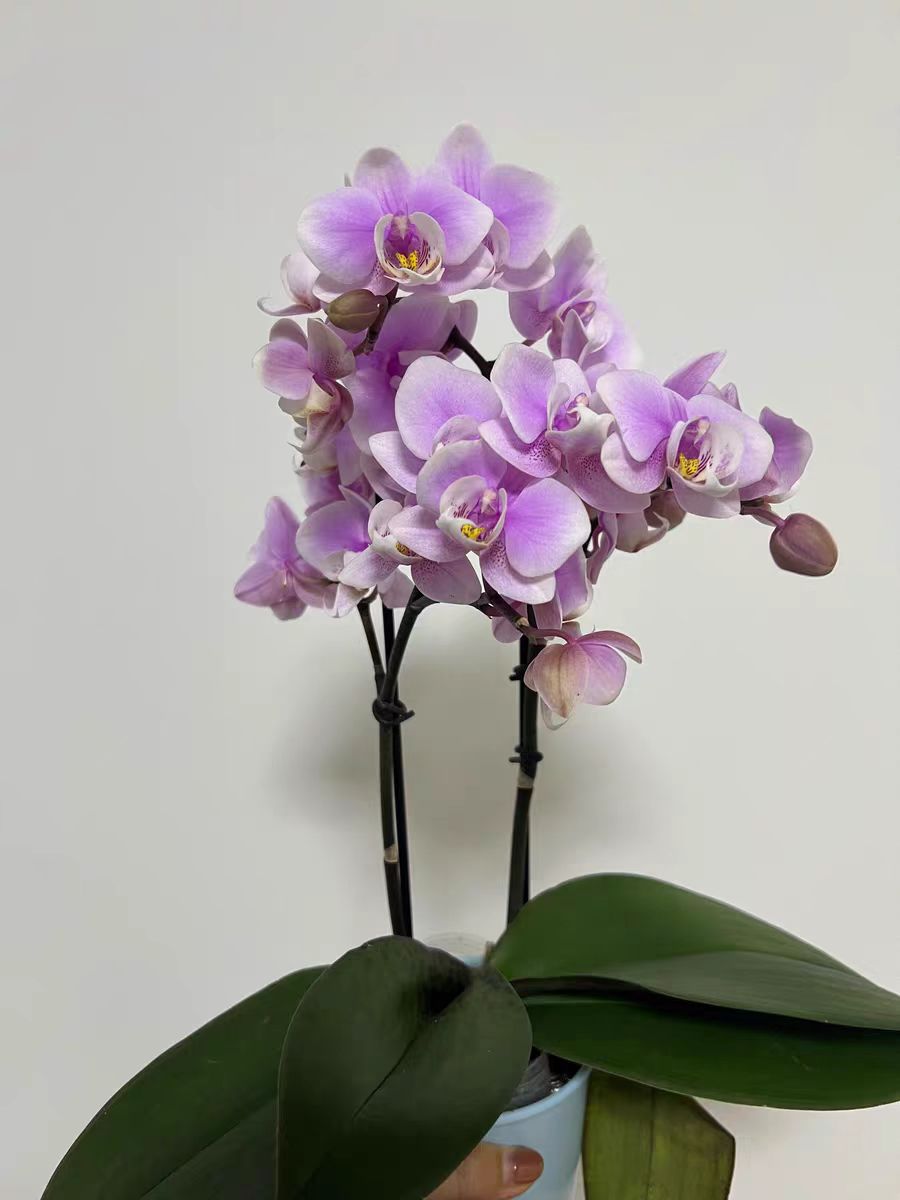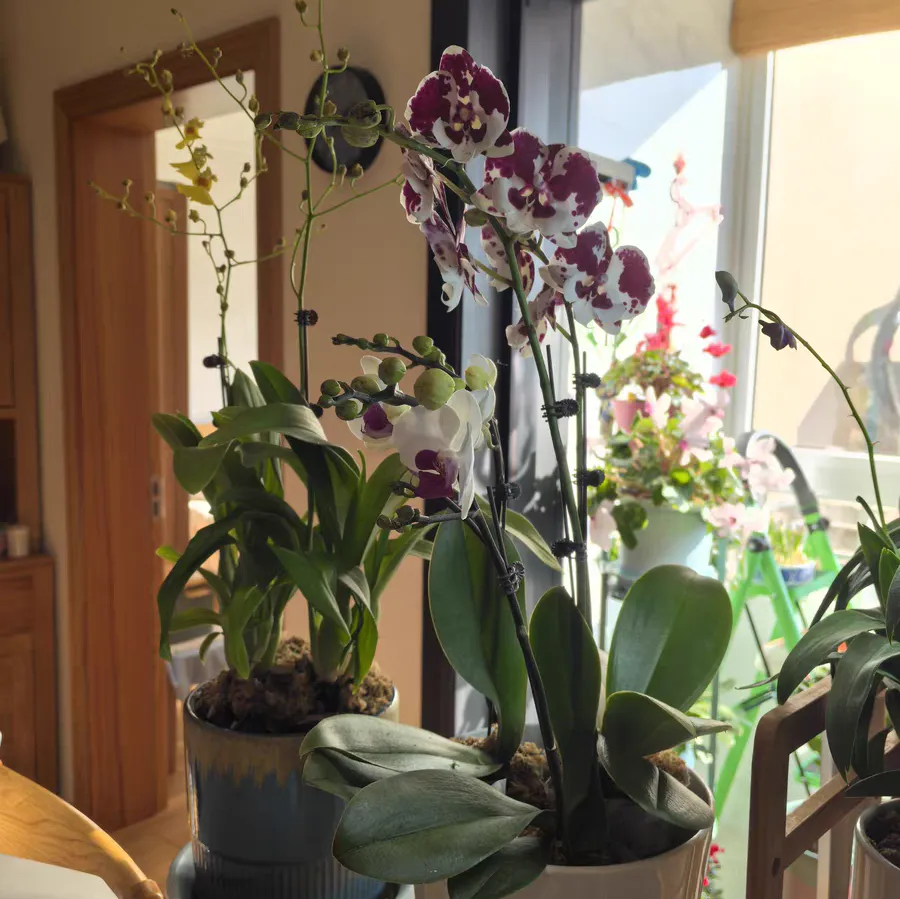Iron deficiency yellowing disease is a common nutritional deficiency disease of plants, mainly manifested as the yellowing of leaves due to loss of greenness, which seriously affects the growth and development of plants. This article will analyze in detail the causes, symptoms and effective solutions of iron deficiency yellowing disease.
Iron deficiency yellowing disease refers to the yellowing of plant leaves caused by the lack of iron elements. Iron is a key component for plants to synthesize chlorophyll. The lack of iron will lead to the obstruction of chlorophyll synthesis, which in turn will affect the photosynthesis of plants. In severe cases, it will lead to slow plant growth, decreased yield and even death.
The occurrence of iron deficiency yellowing disease is related to many factors, mainly including the following aspects:
Soil salinization, low organic matter content, and poor permeability will all affect the availability of iron elements, making it difficult for plants to absorb and utilize. Irrigation with groundwater with high mineralization will aggravate soil salinization and further reduce the availability of iron. Excessive application of nitrogen and phosphate fertilizers will inhibit the absorption of iron by plants, thereby causing yellowing disease. In dry climate years, the evaporation of soil moisture is large and salt moves upward, which will aggravate the harm of salinity and lead to the occurrence of iron deficiency yellowing disease.
Symptoms of iron deficiency yellowing disease mainly appear on the leaves of plants. The most typical symptom is that the new leaves are tender yellow, while the veins remain green (that is, "interveinal chlorosis"), forming a obvious contrast. As the disease progresses, the leaves will gradually turn yellow and become thinner. In severe cases, the leaves will wither and fall off.
Solutions for iron deficiency yellowing disease
Apply organic fertilizers (such as decomposed animal manure, plant residues, etc.) to increase the organic matter content of the soil, improve the soil structure and increase the availability of iron. Maintaining slightly acidic soil is helpful for the dissolution and absorption of iron elements. In alkaline soil, acidic fertilizers (such as ferrous sulfate) can be applied in an appropriate amount to reduce the soil pH value. Avoid using groundwater with high mineralization for irrigation and use water from rivers, ponds or reservoirs for irrigation. Irrigate in the morning or evening to avoid excessive evaporation of water due to irrigation at high temperatures at noon, which aggravates salinization. Reasonably match nutritional elements such as nitrogen, phosphorus and potassium according to the growth needs of plants, and avoid excessive application of nitrogen and phosphate fertilizers. In plots with severe iron deficiency, an appropriate amount of iron fertilizers such as ferrous sulfate can be applied. When applying, the iron fertilizer can be deeply applied in the soil after being mixed with organic fertilizer, or dissolved and used for foliar spraying.
For fruit-bearing plants such as fruit trees, it is necessary to reasonably control the fruit load to avoid excessive fruiting leading to excessive consumption of plant nutrients and then causing iron deficiency yellowing disease. Regular intertillage and loosening of the soil can improve soil permeability and increase the availability of iron. In rainy seasons or low-lying areas, drainage and flood prevention work should be strengthened to prevent the roots from lacking oxygen and the absorption of iron elements being blocked due to long-term water accumulation in the soil.
Iron deficiency yellowing disease is a common nutritional deficiency disease of plants and has a serious impact on the growth and development of plants. Through measures such as improving the soil, reasonable irrigation, reasonable fertilization, adjusting the fruit load and strengthening field management, iron deficiency yellowing disease can be effectively prevented and solved.
What is iron deficiency yellowing?

Share with
Tagged in :




Leave a Reply